
Shukkeien Garden: A Tranquil Oasis in Hiroshima
Discover the tranquil beauty of Shukkeien Garden in Hiroshima, a historic Japanese garden offering serene landscapes, seasonal splendor, and a peaceful retreat from city life.
Nestled in the heart of Hiroshima, Shukkeien Garden offers a serene escape from the bustling city life. This historic garden, established in 1620, is a testament to traditional Japanese landscaping. Designed to mimic various natural landscapes, Shukkeien translates to 'shrink-scenery garden,' where you can find a miniature version of mountains, forests, and valleys within its confines. As you stroll through the winding paths, you'll be greeted by meticulously manicured landscapes, charming tea houses, and picturesque bridges arching over calm ponds. The garden's seasonal beauty is a sight to behold, with cherry blossoms in spring, vibrant maple leaves in autumn, and delicate plum blossoms in winter. Shukkeien's tranquil atmosphere makes it an ideal spot for reflection, photography, and leisurely walks. Shukkeien Garden's proximity to Hiroshima Castle and the Hiroshima Peace Memorial Park makes it a convenient addition to any itinerary. The garden's compact size allows for a thorough exploration within a couple of hours, making it perfect for travelers with limited time. Whether you are a history buff, a nature lover, or simply looking for a peaceful retreat, Shukkeien Garden is a must-visit destination in Hiroshima.
Local tips in Shukkeien Garden
- Visit early in the morning or late in the afternoon to avoid crowds and enjoy a more peaceful experience.
- Bring a camera to capture the garden's stunning seasonal changes and scenic views.
- Wear comfortable walking shoes as the garden's paths can be uneven in some areas.
- Check the weather forecast and plan your visit on a clear day to fully appreciate the garden's beauty.
- Combine your visit with a trip to nearby Hiroshima Castle and the Hiroshima Peace Memorial Park for a full day of exploration.
Shukkeien Garden: A Tranquil Oasis in Hiroshima
Nestled in the heart of Hiroshima, Shukkeien Garden offers a serene escape from the bustling city life. This historic garden, established in 1620, is a testament to traditional Japanese landscaping. Designed to mimic various natural landscapes, Shukkeien translates to 'shrink-scenery garden,' where you can find a miniature version of mountains, forests, and valleys within its confines. As you stroll through the winding paths, you'll be greeted by meticulously manicured landscapes, charming tea houses, and picturesque bridges arching over calm ponds. The garden's seasonal beauty is a sight to behold, with cherry blossoms in spring, vibrant maple leaves in autumn, and delicate plum blossoms in winter. Shukkeien's tranquil atmosphere makes it an ideal spot for reflection, photography, and leisurely walks. Shukkeien Garden's proximity to Hiroshima Castle and the Hiroshima Peace Memorial Park makes it a convenient addition to any itinerary. The garden's compact size allows for a thorough exploration within a couple of hours, making it perfect for travelers with limited time. Whether you are a history buff, a nature lover, or simply looking for a peaceful retreat, Shukkeien Garden is a must-visit destination in Hiroshima.
Unmissable attractions to see
Atomic Bomb Dome
Visit the Atomic Bomb Dome in Hiroshima, a UNESCO World Heritage Site and powerful symbol of peace, resilience, and the human spirit's endurance.
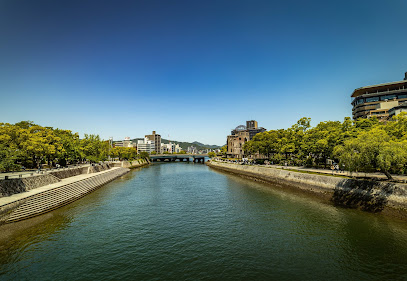
Shukkeien Garden
Discover tranquility at Shukkeien Garden, a historical landmark in Hiroshima featuring stunning landscapes, serene ponds, and traditional Japanese architecture.
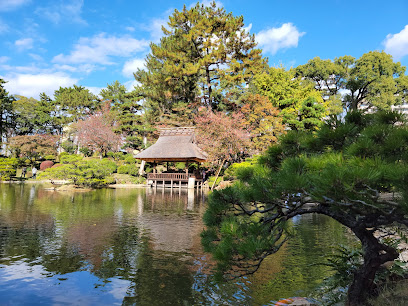
Hiroshima Botanical Garden
Explore the Hiroshima Botanical Garden, a serene escape filled with diverse flora and stunning landscapes in the heart of Hiroshima.
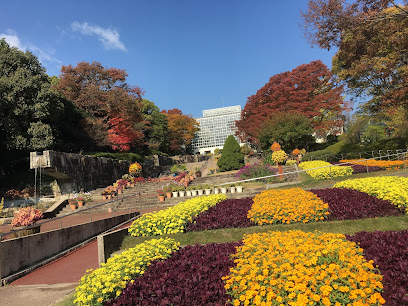
Hiroshima National Peace Memorial Hall
Explore the profound history of Hiroshima at the National Peace Memorial Hall, a poignant tribute to peace and reconciliation amidst history's darkest moments.
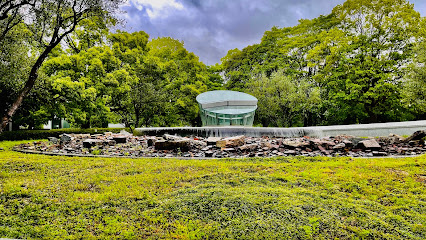
Hijiyama Park
Discover the natural beauty and historical significance of Hijiyama Park, a tranquil oasis in Hiroshima perfect for relaxation and reflection.
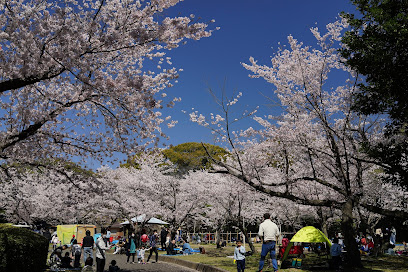
Motoujina Park
Experience the tranquility and beauty of Motoujina Park in Hiroshima, a perfect escape for tourists seeking nature and culture.
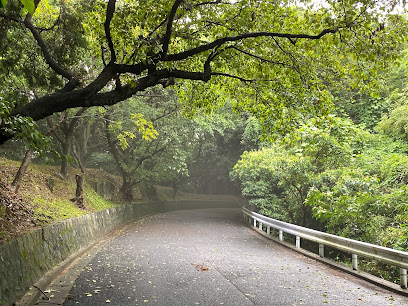
Kokokyo Bridge
Discover the tranquil beauty of Kokokyo Bridge in Hiroshima, where nature and serenity create a perfect escape for every traveler.
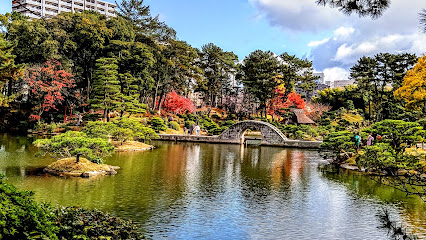
Mt. Kifuku
Explore the tranquil beauty of Mt. Kifuku, a breathtaking garden in Hiroshima, offering serene landscapes and a perfect escape from city life.
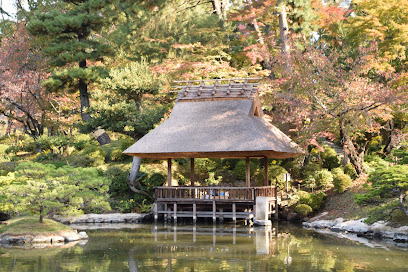
超然居
Discover Chōsenjaku, a serene tourist attraction in Hiroshima, where rich culture and beautiful landscapes create an unforgettable experience.
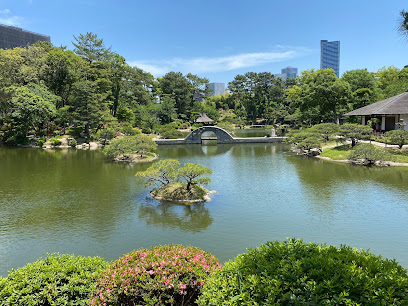
Essential places to dine
Mitchan Sohonten Hatchobori
Discover authentic Hiroshima flavors at Mitchan Sohonten Hatchobori - home of delicious Okonomiyaki and Teppanyaki.
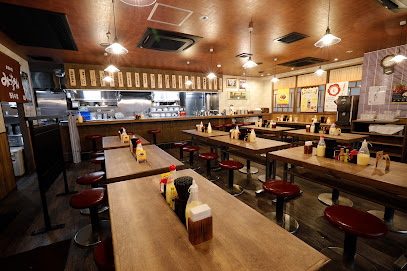
Masui
Discover Hiroshima's culinary treasure at Masui - where authentic Tonkatsu meets warm hospitality in an unforgettable dining experience.
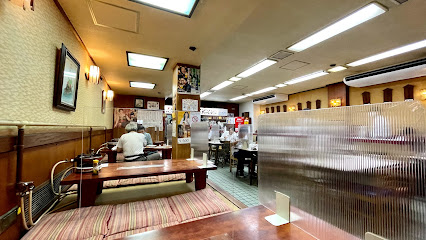
Caffè Ponte
Discover authentic Italian cuisine at Caffè Ponte in Hiroshima - where every dish tells a story.
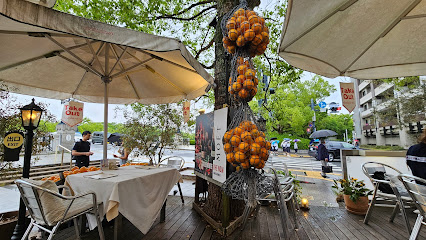
Tsukiakari
Experience authentic Japanese cuisine at Tsukiakari in Hiroshima - where tradition meets modern dining in a warm atmosphere.
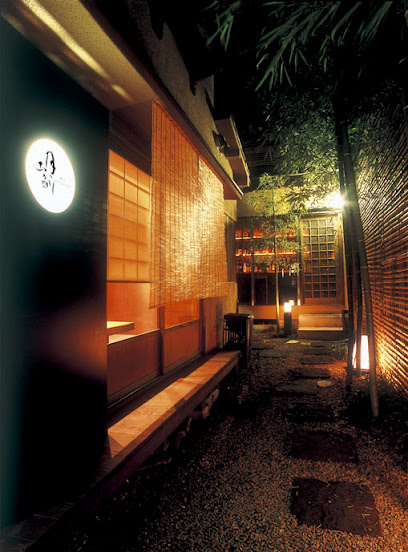
Kome Kome Shokudo
Discover the authentic taste of Japan at Kome Kome Shokudo - a cozy eatery serving delicious teishoku meals in Hiroshima.
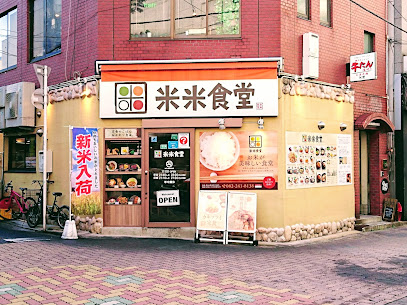
Ristorante Mario
Experience authentic Italian cuisine at Ristorante Mario in Hiroshima – where every meal is a delightful journey through Italy's culinary heritage.
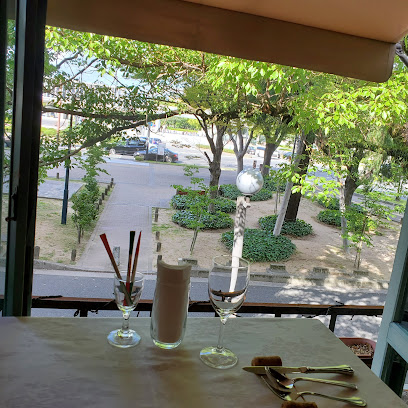
Zona Italia in Centro
Indulge in authentic Italian flavors at Zona Italia in Centro, where culinary excellence meets charming ambiance in the heart of Hiroshima.
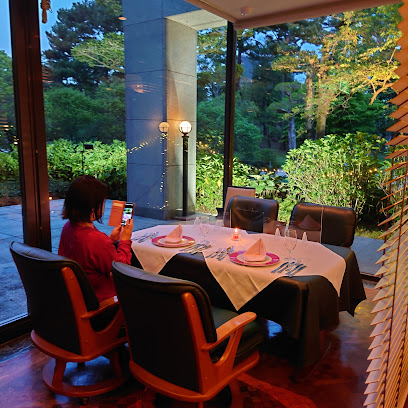
Seasonal cuisine Nakashima
Discover Seasonal Cuisine Nakashima: A culinary gem in Hiroshima offering exquisite kaiseki dining that celebrates seasonal flavors and traditional Japanese artistry.
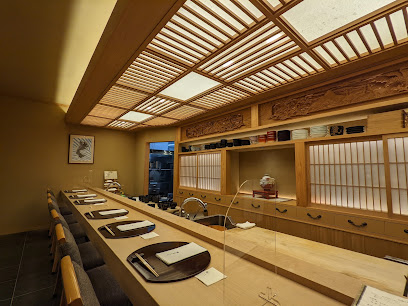
Unkai
Experience the elegance of kaiseki dining at Unkai in Hiroshima—where every meal is a celebration of seasonal flavors and artistic presentation.
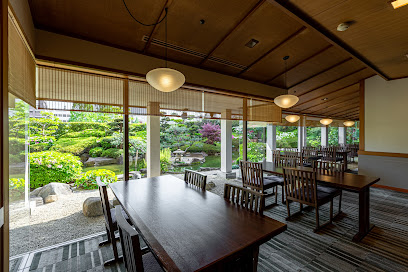
Sanbi
Discover authentic kaiseki dining at Sanbi, where every dish is an artful celebration of seasonal flavors in Hiroshima.
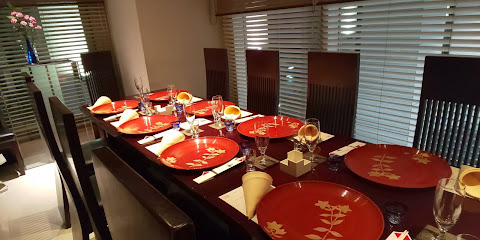
Japanese Restaurant Naniwa
Discover the exquisite flavors of teppanyaki at Japanese Restaurant Naniwa in Hiroshima - where dining meets artistry.
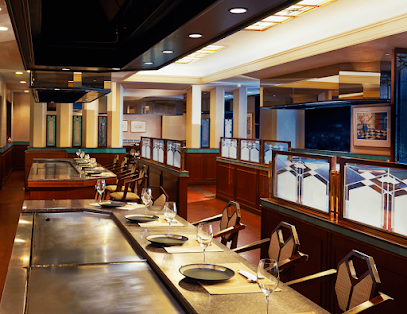
Kodama
Experience authentic Japanese flavors at Kodama in Hiroshima, where traditional cuisine meets warm hospitality.
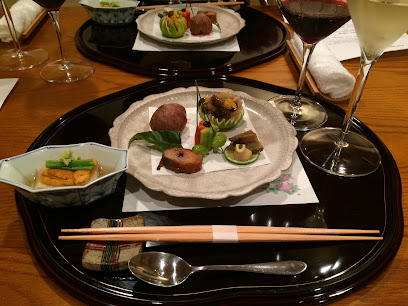
Markets, malls and hidden boutiques
Hiroshima PARCO
Discover the vibrant blend of shopping, dining, and entertainment at Hiroshima PARCO, the ultimate shopping destination in Hiroshima.
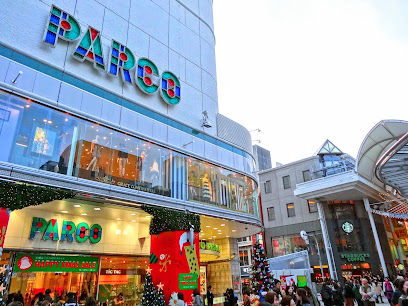
Fukuya Hatchobori Store
Experience the luxury of shopping at Fukuya Hatchobori Store, Hiroshima's premier destination for high-end fashion and unique Japanese craftsmanship.
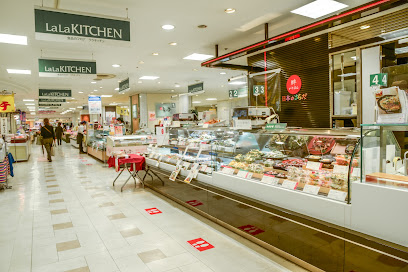
Fukuya Hiroshima station square store
Explore Fukuya Hiroshima Station Square Store – a vibrant department store offering a unique blend of local culture, fashion, and flavor in the heart of Hiroshima.
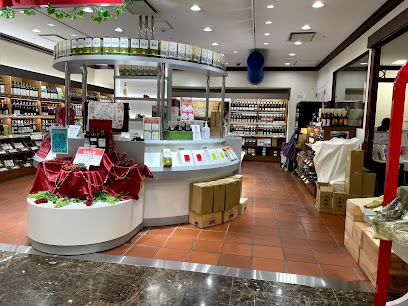
Hands Hiroshima
Discover unique gifts and authentic Japanese products at Hands Hiroshima, a must-visit shop for tourists in the heart of the city.
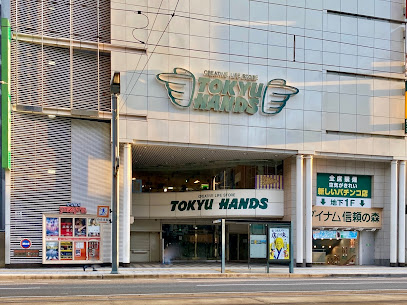
Sunmall
Explore Sunmall, Hiroshima's vibrant shopping mall with diverse stores, dining options, and a lively atmosphere perfect for tourists.

ekie Hiroshima
Discover a shopping paradise at ekie Hiroshima, blending modern retail with local culture and culinary delights in the heart of the city.
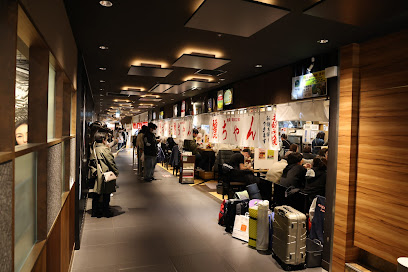
Nagasakiya
Discover the essence of Hiroshima at Nagasakiya, your go-to destination for authentic souvenirs and local treasures.
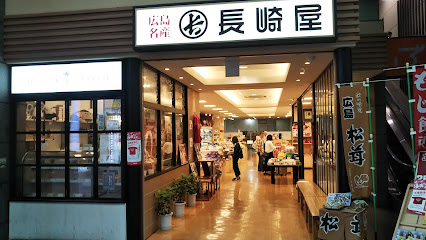
Hondori Shopping Street
Experience the vibrant energy of Hondori Shopping Street, a shopper's paradise in Hiroshima with diverse shops, delightful eateries, and a glimpse of local culture.
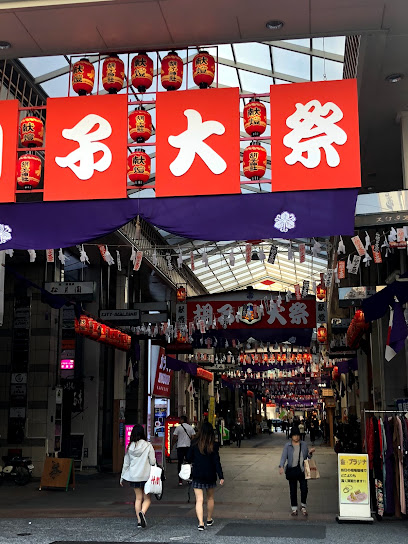
Gemisch
Explore the enchanting world of antiques and collectibles at Gemisch, a must-visit store in Hiroshima's vibrant Noboricho district.
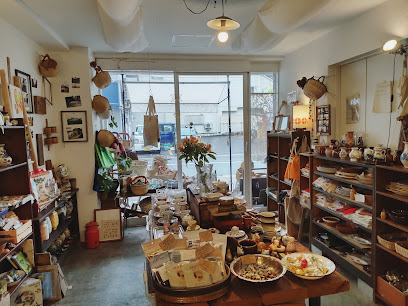
ジョンブリアン
Discover unique clothing and home goods at ジョンブリアン, a must-visit store in Hiroshima for fashion enthusiasts and souvenir hunters.
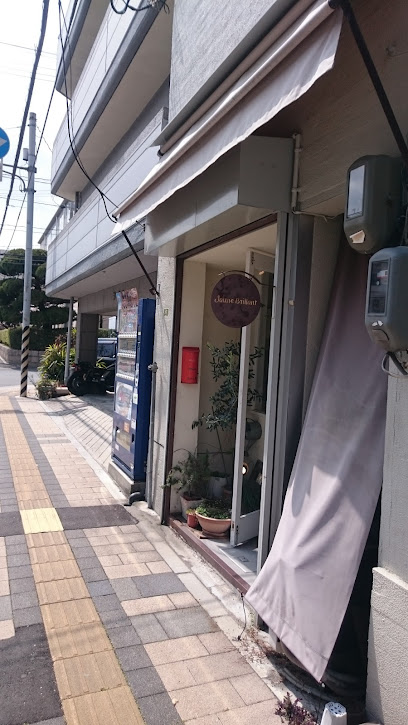
Essential bars & hidden hideouts
Hiroshima 1923 High Ball Bar
Discover Hiroshima 1923 High Ball Bar, where traditional Japanese cocktail culture meets modern mixology in a cozy setting.
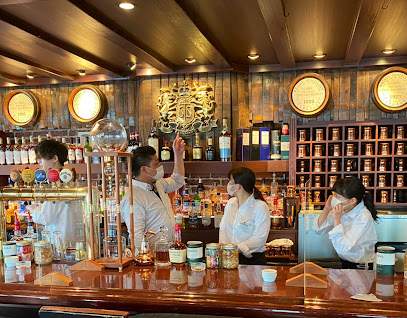
Bar Alegre
Experience the vibrant nightlife of Hiroshima at Bar Alegre, where expertly crafted cocktails and a lively atmosphere await you.
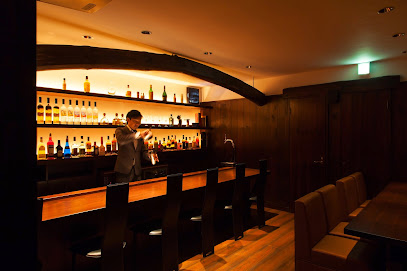
REAL BEER STYLE GOLDEN GARDEN ゴールデンガーデン
Discover REAL BEER STYLE GOLDEN GARDEN in Hiroshima - a vibrant pub offering craft beers and delicious dishes in a lively atmosphere perfect for relaxation.
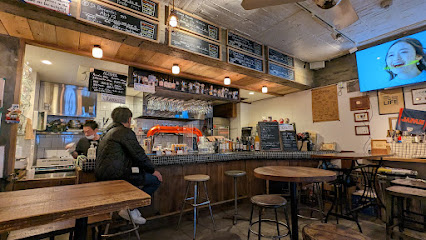
Mac Bar
Experience Hiroshima's vibrant nightlife at Mac Bar, where classic arcade fun meets expertly crafted cocktails in a welcoming atmosphere.
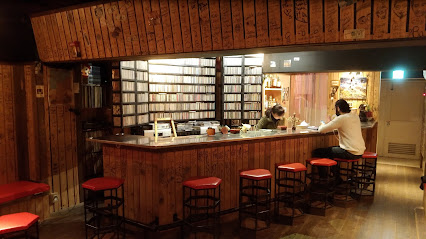
段原Little Standard 靴を脱いで寛ぐStyle
Discover the unique charm of 段原Little Standard in Hiroshima, where exquisite cocktails and delicious cuisine meet a cozy atmosphere.
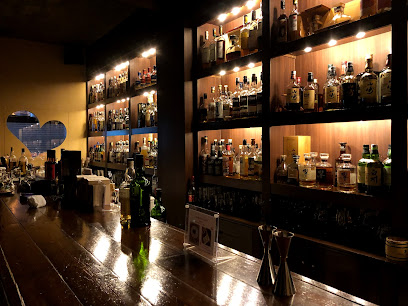
Bar Yoh
Experience the best of Hiroshima's nightlife at Bar Yoh, where cocktails meet a vibrant atmosphere in the heart of Shintenchi.
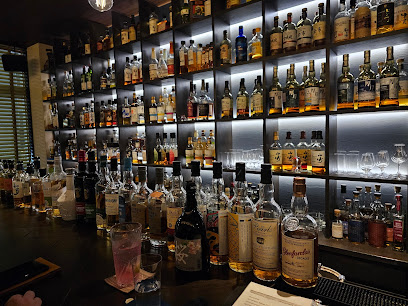
The Smith Lab
Discover the vibrant nightlife of Hiroshima at The Smith Lab, where creative cocktails and delicious pub fare await in a warm and inviting atmosphere.

Bar Usquebaugh
Discover the vibrant atmosphere and exquisite drink selection at Bar Usquebaugh, a must-visit bar in Hiroshima for a memorable nightlife experience.
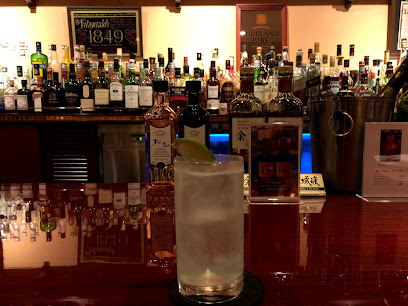
Bar Suizokukan 酔族館
Experience Hiroshima's vibrant nightlife at Bar Suizokukan 酔族館, where unique drinks and a quirky atmosphere await you.
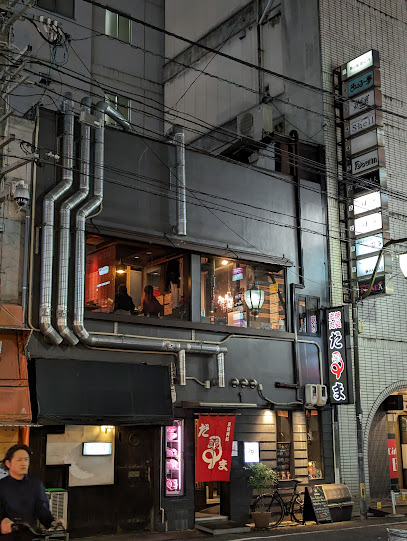
mugi (クラフトビールバー)
Discover the vibrant world of craft beer at Mugi, Hiroshima's premier bar offering an eclectic selection of local and international brews.
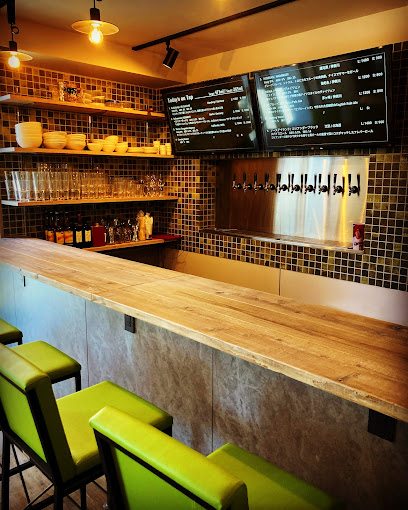
Local Phrases
-
- Helloこんにちは
[kon-ni-chi-wa] - Goodbyeさようなら
[sa-yo-u-na-ra] - Yesはい
[ha-i] - Noいいえ
[i-i-e] - Please/You're welcomeどうぞ
[do-u-zo] - Thank youありがとうございます
[a-ri-ga-to-u go-za-i-ma-su] - Excuse me/Sorryすみません
[su-mi-ma-se-n] - How are you?お元気ですか?
[o-ge-n-ki de-su ka] - Fine. And you?元気です。あなたは?
[ge-n-ki de-su. a-na-ta wa?] - Do you speak English?英語を話せますか?
[e-i-go o-ha-na-se-ma-su ka] - I don't understandわかりません
[wa-ka-ri-ma-se-n]
- Helloこんにちは
-
- I'd like to see the menu, pleaseメニューを見せてください
[me-n-yu-u o-mi-se-te ku-da-sa-i] - I don't eat meat肉を食べません
[ni-ku o-ta-be-ma-se-n] - Cheers!乾杯!
[kan-pai] - I would like to pay, pleaseお会計をお願いします
[o-kai-kei o-o-ne-ga-i shi-ma-su]
- I'd like to see the menu, pleaseメニューを見せてください
-
- Help!助けて!
[ta-su-ke-te] - Go away!去ってください!
[sa-t-te ku-da-sa-i] - Call the Police!警察を呼んでください!
[ke-i-sa-t o-yon-de ku-da-sa-i] - Call a doctor!医者を呼んでください!
[i-sha o-yon-de ku-da-sa-i] - I'm lost道に迷いました
[mi-chi ni-ma-ya-i-ma-shi-ta] - I'm ill具合が悪いです
[gu-a-i ga-wa-ru-i de-su]
- Help!助けて!
-
- I'd like to buy...買いたいです...
[ka-i-ta-i de-su] - I'm just looking見てるだけです
[mi-te-ru da-ke de-su] - How much is it?いくらですか?
[i-ku-ra de-su ka] - That's too expensive高すぎます
[ta-ka-su-gi-ma-su] - Can you lower the price?値段を下げてもらえますか?
[ne-da-n o-sa-ge-te mo-ra-e-ma-su ka]
- I'd like to buy...買いたいです...
-
- What time is it?今何時ですか?
[i-ma na-n-ji de-su ka] - It's one o'clock一時です
[i-chi-ji de-su] - Half past (10)十時半です
[ju-u-ji ha-n de-su] - Morning朝
[a-sa] - Afternoon午後
[go-go] - Evening夕方
[yu-u-ga-ta] - Yesterday昨日
[ki-no-o-to] - Today今日
[kyo-u] - Tomorrow明日
[a-shi-ta] - 1一
[i-chi] - 2二
[ni] - 3三
[san] - 4四
[shi] - 5五
[go] - 6六
[ro-ku] - 7七
[na-na] - 8八
[ha-chi] - 9九
[ku] - 10十
[ju-u]
- What time is it?今何時ですか?
-
- Where's a/the...?...はどこですか?
[...wa do-ko de-su ka] - What's the address?住所は何ですか?
[ju-u-sho wa na-n de-su ka] - Can you show me (on the map)?地図で見せてもらえますか?
[chi-zu de mi-se-te mo-ra-e-ma-su ka] - When's the next (bus)?次のバスはいつですか?
[tsu-gi no ba-su wa i-tsu de-su ka] - A ticket (to ....)切符(...まで)
[ki-ppu (...ma-de)]
- Where's a/the...?...はどこですか?
History of Shukkeien Garden
-
Shukkeien Garden, originally constructed in 1620, was commissioned by the feudal lord Asano Nagaakira. The garden was designed as a place for relaxation and contemplation, embodying the principles of traditional Japanese landscape gardening. Its name, meaning 'shrunken-scenery garden', reflects the garden's design, which aims to capture the beauty of the natural landscape in a miniature form.
-
During the Edo period, Shukkeien became a central cultural hub in Hiroshima, attracting artists, poets, and scholars. The garden was often used for tea ceremonies and other cultural events, showcasing the refined aesthetics of Japanese garden design. The blend of natural beauty and cultural activities contributed to the garden's reputation as a peaceful retreat and a symbol of the city's artistic heritage.
-
Shukkeien Garden suffered significant damage during the atomic bombing of Hiroshima on August 6, 1945. The garden's structures were destroyed, and the landscape was heavily altered. However, the resilience of the local community led to efforts to restore the garden in the years following the war. This restoration became a symbol of hope and renewal for the city, reflecting the broader theme of recovery that characterized Hiroshima's post-war reconstruction.
-
The restoration of Shukkeien was completed in 1951, with careful attention paid to preserving its original design. The garden has since been recognized as a cultural asset, attracting visitors both for its beauty and historical significance. Today, Shukkeien serves as a vital green space in Hiroshima, offering a tranquil escape from the urban environment and hosting various cultural events that reflect both traditional and contemporary Japanese culture.
-
In the modern era, Shukkeien Garden continues to play an important role in the cultural life of Hiroshima. It is not only a tourist attraction but also a venue for seasonal festivals, art exhibitions, and educational programs about traditional Japanese gardening and culture. The garden’s existence is a testament to Hiroshima's enduring spirit and its commitment to preserving its cultural heritage while embracing a hopeful future.
Shukkeien Garden Essentials
-
Shukkeien Garden is conveniently located in Hiroshima city center. The easiest way to get there is by taking the Hiroshima Tram (Hiroden) to the Shukkeien-mae stop, which is just a short walk from the garden entrance. If you are coming from Hiroshima Station, you can take the Tram Line 1 or Line 2. Alternatively, taxis are readily available at the station and will take about 10 minutes.
-
Shukkeien Garden is a pedestrian-friendly area, and most of the garden can be explored on foot. For those who wish to venture further, bicycles can be rented at various locations around the city. Public transport, including trams and buses, is efficient and connects to nearby attractions. The Hiroshima Sightseeing Loop Bus is also a good option that stops at key locations in the city.
-
Hiroshima is generally safe for tourists, including the Shukkeien Garden area. However, as with any urban environment, standard precautions should be taken. Avoid isolated areas at night and keep personal belongings secure. While violent crime is rare, petty theft can occur, particularly in crowded areas. It’s advisable to stay alert, especially in transit areas.
-
In case of an emergency, dial 110 for police or 119 for fire and ambulance services in Japan. The nearest hospital, Hiroshima City Medical Center, is accessible from Shukkeien Garden. It is recommended to have travel insurance that covers emergencies. For minor medical issues, local pharmacies can provide over-the-counter medications.
-
Fashion: Do wear comfortable shoes for walking, as the garden has many paths. Dress modestly if visiting during religious events. Religion: Do respect the peaceful nature of the garden; refrain from loud conversations. Public Transport: Do be courteous and give up your seat to elderly passengers. Don’t eat or drink on public transport. Greetings: Do bow slightly when greeting locals; a smile goes a long way. Eating & Drinking: Do try local snacks from nearby vendors; don’t litter or feed animals in the garden.
-
To experience Shukkeien Garden like a local, visit early in the morning when the garden is less crowded, allowing for a more tranquil atmosphere. Bring a camera for the stunning seasonal views, particularly during cherry blossom season. Visit the teahouse within the garden for a traditional matcha experience. Engage with local residents, as they often have insights about the garden’s history and significance.
Nearby Cities to Shukkeien Garden
-
Things To Do in Fukuoka
-
Things To Do in Osaka
-
Things To Do in Nara
-
Things To Do in Kyoto
-
Things To Do in Ulsan
-
Things To Do in Busan
-
Things To Do in Gyeongju
-
Things To Do in Pohang
-
Things To Do in Daegu
-
Things To Do in Andong
-
Things To Do in Nagoya
-
Things To Do in Kanazawa
-
Things To Do in Suncheon
-
Things To Do in Daejeon
-
Things To Do in Jeonju








